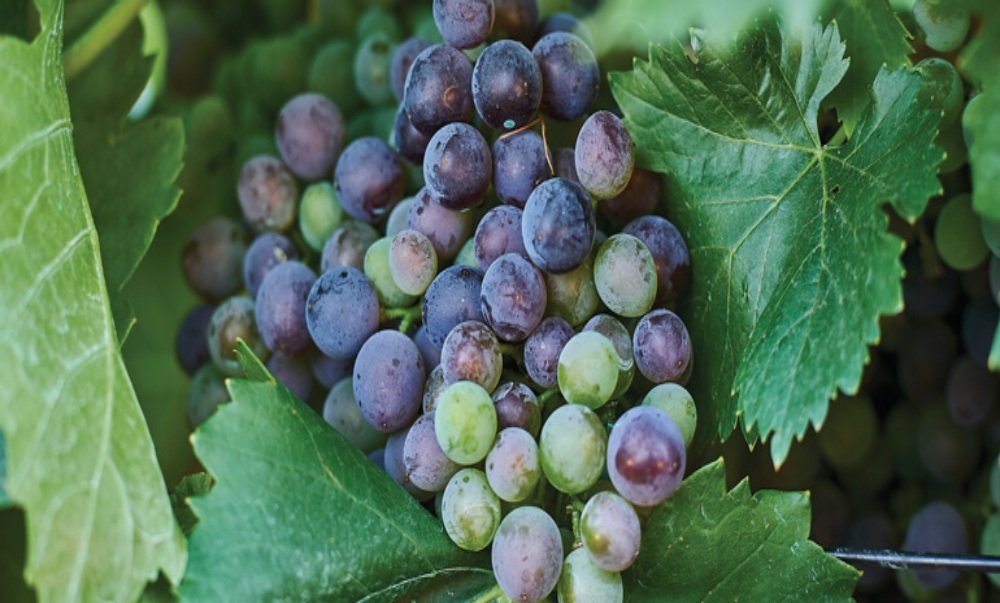While results from ozonation and distillation trials are promising, the use of activated carbon and nanofiltration and absorption treatments are currently the most effective methods for amelioration of smoke tainted wine.
That’s the conclusion of one of Australia’s leading smoke taint experts, Professor Kerry Wilkinson.
She said while researchers had come a long way in smoke taint research, a key challenge is addressing smoke taint compounds in free and bound (glycosylated) forms – which complicates both grape and wine analysis, and amelioration.
"Grapes absorb smoke volatile compounds very quickly, so ‘washing’ grapes either during or after smoke exposure does not mitigate the effects of smoke exposure," the Professor of Oenology at the University of Adelaide said.
"And protective sprays such as kaolin need good coverage to provide any meaningful benefit – and some sprays actually exacerbate the intensity of smoke taint."
Professor Wilkinson leads several ongoing projects looking at different aspects of analysis and/or amelioration of smoke taint in grapes and wine, and will present key findings at the National Wine Sector Bushfire Conference on May 25.
One project evaluated a commercial sensor to monitor smoke exposure in the vineyard, and the use of fluorescence spectroscopy as a rapid method for the detection of smoke taint.
Colleen Szeto, a PhD student in the ARC Training Centre for Innovative Wine Production undertook this work, along with an evaluation of in-canopy misting to mitigate the uptake of smoke taint compounds by grapes.
A sprinkler system mounted in the grapevine canopy sprayed bunches of grapes with water during smoke exposure in an attempt to mimic the removal of aerosols and particulate matter from the atmosphere when it rains.
However, chemical and sensory analysis of the resulting wine suggested this was not an effective solution for preventing smoke taint.
In another project, visiting PhD student Margherita Modesti from the University of Sant’Anna in Italy treated smoke-affected grapes with ozone (at different concentrations and for different durations) following harvest.
She found that ozonation at 1 ppm for 24 hours significantly decreased the concentration of smoke taint marker compounds and the sensory perception of smoke taint in wine.
Professor Wilkinson said ozone treatment of grapes immediately after smoke exposure, i.e. when volatile phenols are in free, rather than glycosylated forms, was more effective, ‘but this might not be practical where smoke exposure occurs earlier in the growing season.’
More recently, research fellow Dr Carolyn Puglisi has been distilling smoke tainted wine to establish whether tainted grapes can be used for spirit production.
"Carolyn has shown the volatile phenol glycosides are retained in the stillage (what remains after distillation), with the volatile phenols only being detected in later distillate fractions.
"This could be further treated using activated carbon, so distillation looks like a viable option and is being further investigated by Wine Australia funded-PhD student Hugh Holds."
In collaboration with an international industry partner, Professor Wilkinson’s research team is currently evaluating a novel activated carbon treatment.
‘This has already provided some of the most promising results I’ve seen to date and we hope to complete winemaking trials, and then chemical and sensory analysis of wines, in time to present the results from this project at the National Wine Sector Bushfire Conference.’
The National Bushfire Conference will be held on 25 May 2021 at six locations around Australia. View the program and register here.
Share the content










